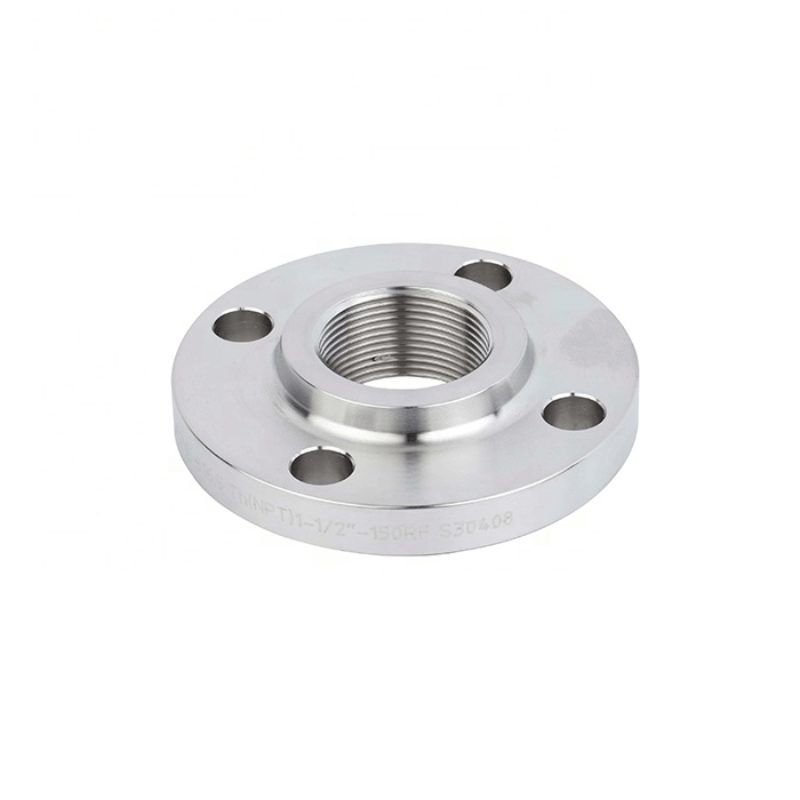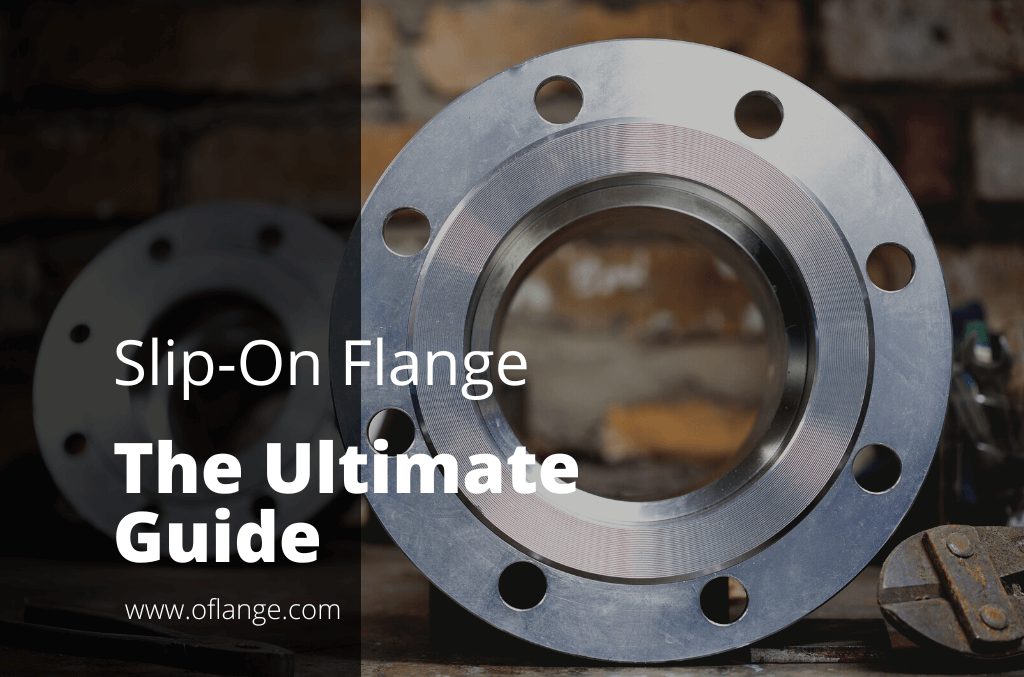If you’re a business owner who deals with pipe flanges, then you may have heard of slip-on flanges. But what are they? How are they used? And why are they so popular?
Slip-on flanges get their name from the way they’re installed – they simply slip over the end of a pipe. This makes them ideal for use in applications where welding would be difficult or impossible, such as with thin-walled pipes or when space is limited.
In this article, we’ll take a closer look at slip-on flanges and how they’re used, as well as their advantages and disadvantages. We’ll also compare slip-on flanges to other types of flanges so you can make an informed decision about which type of flange is right for your needs. So let’s get started!
Table of contents
1
What Is a Slip-on Flange?
A slip-on flange is a circular plate with a raised lip that is used to connect pipes, valves, and other fittings. It typically has two holes drilled into it that are used to bolt the flange to another piece of equipment.
Slip-on flanges are used in a variety of industries, including oil and gas, chemical processing, and food and beverage. They are suitable for use in both low-pressure and high-pressure applications. This type of flange is easy to install and remove, making it a popular choice for many applications.
Slip-on flanges are available in a variety of materials, including carbon steel, stainless steel, and aluminum. They are also available in a range of sizes, from small-diameter pipes up to large-diameter pipes.

2
How Are They Used?
Slip-on flanges are used to connect two pieces of pipe or other fittings to create a seal. They are installed by slipping the flange over the end of the pipe and then bolting the flange to the other piece of equipment.
Slip-on flanges are typically used in low-pressure applications. However, they can also be used in high-pressure applications if they are reinforced with additional bolts. They are also used in applications where welding would be difficult or impossible, such as with thin-walled pipes.
3
Types of Slip-on Flanges
There are different types of slip-on flanges each with its own advantages and disadvantages. Here’s a look at some of the most common types of slip-on flanges:
Raised-Face Slip-on Flanges
These slip-on flanges have a raised lip around the edge that helps to prevent leaks. They are typically used in high-pressure applications.
Flat-Face Slip-on Flanges
These slip-on flanges have a flat surface around the edge. This type is used in cases where a gasket is not necessary or where the conditions require a metal-to-metal seal. This flange is also useful when space is limited because it can be welded from both sides.
O-Ring Slip-on Flanges
These slip-on flanges have an O-ring groove machined into the surface. The O-ring sits in the groove and creates a seal between the two pieces of equipment. This type of flange is often used in high-pressure applications.
These are just a few of the most common types of slip-on flanges. With so many options available, it’s important to choose the right type of flange for your needs to ensure a proper seal.
Looking for a slip-on flange supplier? Oflange is a great option. We are the leading manufacturer of pipe flanges in China with several years of experience. We offer a wide range of slip-on flanges in all sizes, materials, and grades. Contact us today to learn more.
4
The Benefits of Using Slip-on Flanges
There are many benefits to using slip-on flanges. Here are just a few:
Easy To Install
Slip-on flanges are very easy to install. You don’t need any special tools or equipment – just a wrench and some elbow grease. This makes them ideal for do-it-yourself projects or for those who are not experienced in working with pipes and fittings.
Versatile
Slip-on flanges can be used in a variety of applications. They’re commonly used in low-pressure piping systems, but they can also be used in high-pressure systems. This makes them ideal for use in a wide range of industries, including the oil and gas industry, the chemical industry, and the food and beverage industry.
Cost-Effective
Slip-on flanges are a very cost-effective solution. They’re less expensive than welded flanges, and they can often be reused. This makes them an excellent choice for those who are working on a budget.
Wide Range of Sizes
Slip-on flanges are available in a wide range of sizes. This makes them ideal for use in a variety of applications, including small-diameter piping systems and large-diameter piping systems.
These are just a few of the many benefits that slip-on flanges have to offer. With so many advantages, it’s no wonder that they’re one of the most popular choices for use in a variety of industries.
5
5 Tips To Choose the Right Flange for Your Needs
When it comes to flanges, there are a lot of different types and sizes to choose from. With so many options on the market, it can be difficult to know which one is right for your needs. Here are some tips to help you choose the right flange for your project:
#1 Types of Flanges
There are many different types of flanges available on the market, so it’s important to know the differences between them. Some of the most common types of flanges include weld neck, slip-on, threaded, and blind. Each type has its unique benefits and drawbacks, so be sure to select the one that best suits your needs.
#2 Size
The size of the flange is also an important consideration. Be sure to take into consideration the pressure and temperature ratings when selecting a flange size to ensure it can accommodate your needs.
#3 Material
The material of the flange is yet another important consideration. The most common materials used for flanges are carbon steel, stainless steel, and alloy steel. Each has its own benefits and drawbacks that should be taken into account before making a decision.
#4 Pressure Rating
The pressure rating is another critical factor to consider when choosing a flange. This will determine how much pressure the flange can safely handle without fail.
#5 Temperature Rating
The temperature rating is also an important specification to look at when selecting a flange. This will determine the range of temperatures the flange can safely withstand.
These are just a few of the most important considerations to keep in mind when choosing a flange for your needs. Be sure to take all of these factors into account to ensure you select the right product for your needs.
If you’re looking for high-quality flanges, be sure to check out our selection at Oflange. We offer a wide variety of slip-on flanges, weld neck flanges, and more to suit your needs. Contact us today to learn more about our products and services!
6
Conclusion
So there you have it, a quick guide to slip-on flanges. We hope that this article has been helpful in teaching you everything you need to know about these versatile and cost-effective products. If you’re in the market for some and are still unsure of what to look for or need help sizing them, be sure to contact us at Oflange. We’d love to hear from you!










